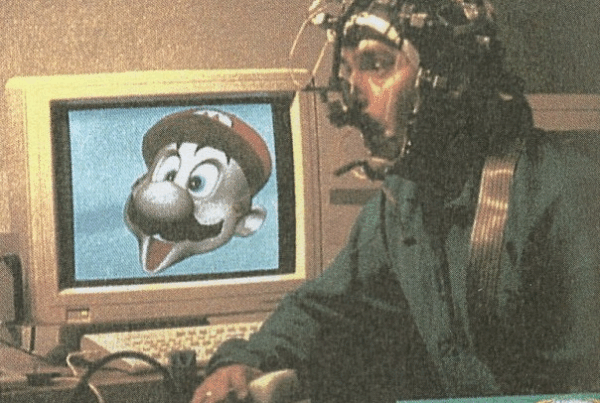Brainstorm Ramble Aug 4
Learning process:
1. Visualize desire/motivation
2. Learn high-level components
3. Learn lower level components
So, start with what the person is trying to do, and then go down the levels of abstraction one by one.
In the essay, we start at a very low level of abstraction (how a computer works, kitchen etc), and then build the story of how modern technology works. We also built some intuition around the high-level trade offs.
Next, since the goal of the program is to empower the imagination, as well as the ability to understand what people are talking about. And then some of it is jargon – which can be remembered through flashcards!
This course will be the best possible course they could ever take on technology. My superpower is not in the ability to explain things simply – it is to put things in perspective, and tell it like a story.
Technology simply makes things possible to do – it is a list of tools available. The use case and context diagram generates requirements, and technology is one of the constraints. So first, they need to exercise the process to generate requirements based on an idea, get a vague idea of constraints, and then explore which tools they have for meeting those requirements.
Start with systems design!!!
By the end of this module, they can unleash their imagination and start creating new tech ideas all the time. They now have the ability to think about automation and can “see under the hood” of large systems.
- Business/Use cases
- Rough sketch of whole system, start thinking with storyboards.
- Context diagram for stakeholders and systems thinking
- Exercise the intuition with 20 different examples
- 10 will be diverse business types that already exist (start with their own ideas, with the real solution available for reference)
- Ecommerce, Uber, Airbnb, Netflix, Yelp, Medium/Twitter, Adobe, Square, Target, Kickstarter, Whatsapp, Tile, Passport issuing system, Mass surveillance system
- 10 are problems that he comes up with on his own
(Categories of time, expenses, information and control)- Consider your own life and industry and work, and think about 5 problems you’d like to solve. Then, think about 5-10 different solutions for each problem. And then consider which solutions could be helped greatly by technology.
- 10 will be diverse business types that already exist (start with their own ideas, with the real solution available for reference)
Then, we will do a review session and consider how to dive in and make possible each of these.
